Home>Gardening & Outdoor>Landscaping Ideas>How To Make Artificial Grass Stand Up
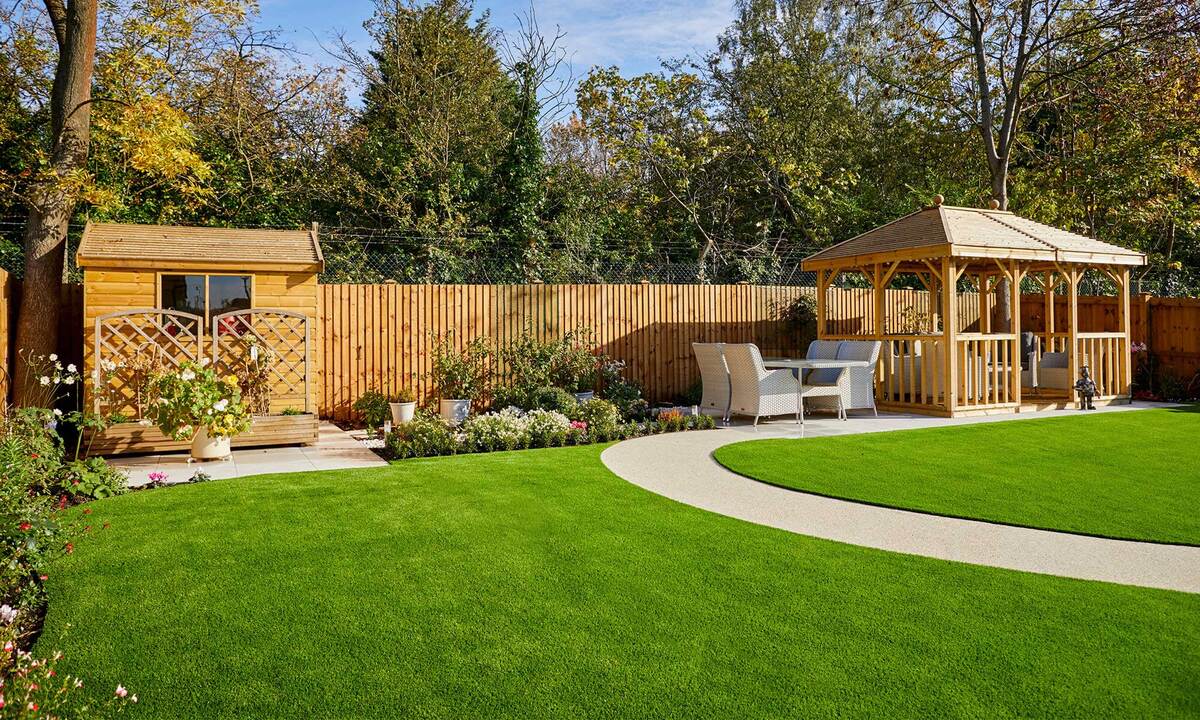

Landscaping Ideas
How To Make Artificial Grass Stand Up
Published: January 26, 2024
Learn effective landscaping ideas to make artificial grass stand up and look its best. Discover tips for maintaining a lush and vibrant lawn.
(Many of the links in this article redirect to a specific reviewed product. Your purchase of these products through affiliate links helps to generate commission for Storables.com, at no extra cost. Learn more)
Introduction
Artificial grass has revolutionized the landscaping industry, offering a low-maintenance and aesthetically pleasing alternative to natural grass. However, over time, artificial grass fibers may become flattened due to foot traffic, weather conditions, and the natural settling of infill materials. Fortunately, there are several effective methods to rejuvenate and restore the upright appearance of artificial grass, ensuring that it maintains its pristine look for years to come.
In this comprehensive guide, we will explore the step-by-step process of revitalizing artificial grass to make it stand up and regain its original lushness. From understanding the structure of artificial grass to utilizing specialized tools and materials, each stage of the restoration process will be thoroughly explained to equip you with the knowledge and skills needed to achieve outstanding results.
Whether you are a homeowner seeking to enhance the curb appeal of your property or a landscaping professional aiming to deliver top-notch services to clients, mastering the art of revitalizing artificial grass is a valuable asset. By following the techniques outlined in this guide, you can elevate the visual appeal and longevity of artificial grass, creating an inviting and enduring outdoor space for leisure, recreation, and relaxation. Let's embark on this transformative journey to breathe new life into artificial grass and uphold its allure for years to come.
Key Takeaways:
- Revitalize artificial grass by cleaning, brushing, and applying infill material to restore its lush appearance and ensure longevity. Utilize specialized tools and controlled heat for effective maintenance.
- Understanding the structure of artificial grass is essential for implementing targeted techniques to restore its upright position and optimize its aesthetic appeal. Master the art of revitalizing artificial grass for enduring beauty.
Read more: How To Write Up A Landscaping Contract
Understanding Artificial Grass
Artificial grass, also known as synthetic turf, is composed of synthetic fibers designed to mimic the appearance and feel of natural grass. These fibers are typically made from polyethylene or polypropylene, which are durable and resilient materials capable of withstanding various weather conditions and heavy use.
Beneath the surface of artificial grass lies a backing material that provides stability and support for the grass fibers. This backing is often made from a blend of materials such as latex, polyurethane, or a combination of both. It serves as the foundation for the grass fibers, ensuring that they remain securely in place and retain their upright position.
One of the key components of artificial grass is the infill material, which is spread within the fibers to enhance stability, resilience, and drainage. Common infill materials include silica sand, rubber granules, or a combination of both, depending on the specific requirements of the installation. Infill materials play a crucial role in supporting the grass fibers and maintaining their vertical orientation, contributing to the overall durability and performance of the artificial turf.
Understanding the structure of artificial grass is essential in the process of revitalizing its appearance. By comprehending the composition of the grass fibers, backing materials, and infill, it becomes possible to implement targeted techniques to restore the upright position of the grass and optimize its aesthetic appeal.
Artificial grass is a versatile and resilient landscaping solution that offers numerous benefits, including minimal maintenance, water conservation, and year-round greenery. By familiarizing yourself with the intricacies of artificial grass, you can effectively implement the methods and tools required to revitalize its appearance and ensure its longevity.
Tools and Materials Needed
Revitalizing artificial grass to make it stand up requires the use of specialized tools and materials designed to restore its lush and upright appearance. Before embarking on the restoration process, it is essential to gather the following items:
- Stiff Bristle Brush: A high-quality stiff bristle brush is essential for effectively lifting and separating the grass fibers, allowing them to regain their upright position. Choose a brush specifically designed for use on artificial grass to prevent damage to the fibers.
- Infill Material: Depending on the specific requirements of the artificial grass installation, the appropriate infill material, such as silica sand or rubber granules, should be on hand to replenish and support the grass fibers.
- Power Broom: Utilizing a power broom equipped with stiff bristles enables thorough agitation of the infill material, promoting even distribution and enhancing the resilience of the grass fibers.
- Artificial Grass Rake: An artificial grass rake with specialized bristles is ideal for gently lifting and fluffing the grass fibers, contributing to the restoration of their upright position.
- Infrared Heat Lamp: Applying gentle heat to the artificial grass fibers can aid in restoring their resilience and promoting an upright appearance. An infrared heat lamp provides controlled and targeted heat application.
- Infill Brush: This specialized brush is designed to evenly distribute infill material throughout the grass fibers, ensuring optimal support and stability.
- Leaf Blower or Vacuum: A leaf blower or vacuum can be used to remove debris, leaves, and other contaminants from the surface of the artificial grass, preparing it for the revitalization process.
By assembling these essential tools and materials, you can effectively execute the steps required to rejuvenate artificial grass and restore its natural vibrancy and resilience. Each item plays a crucial role in the restoration process, contributing to the overall success of revitalizing the artificial turf.
Step 1: Clean the Artificial Grass
Prior to initiating the revitalization process, it is imperative to thoroughly clean the surface of the artificial grass to remove debris, dust, and any accumulated contaminants. This preparatory step sets the stage for the subsequent techniques aimed at restoring the grass fibers to an upright position.
Begin by using a leaf blower or vacuum to meticulously eliminate leaves, twigs, and loose debris from the surface of the artificial grass. Pay close attention to areas where debris may have accumulated, such as along edges, near landscaping features, and beneath overhanging trees or shrubs. By diligently clearing the surface of the grass, you create a clean canvas for the revitalization process, ensuring that the subsequent steps can be carried out effectively.
Following the removal of visible debris, inspect the artificial grass for any stubborn contaminants or stains that may require targeted cleaning. Utilize a mild detergent solution and a soft-bristled brush to gently scrub any soiled areas, taking care not to damage the grass fibers. Thoroughly rinse the treated areas with water to eliminate any residue and restore the pristine appearance of the artificial grass.
Additionally, consider the presence of pet waste on the artificial turf, which can impact both cleanliness and odor. Employ a pet-specific artificial grass cleaner to effectively eliminate pet waste and neutralize odors, contributing to a fresh and hygienic outdoor environment.
By diligently cleaning the artificial grass surface, you create an optimal foundation for the subsequent steps in the revitalization process. This proactive approach sets the stage for effectively restoring the upright appearance of the grass fibers and ensuring a visually appealing and inviting outdoor space.
Step 2: Brush the Grass Fibers
Brushing the grass fibers is a pivotal step in the process of revitalizing artificial grass, as it serves to lift, separate, and fluff the fibers, enabling them to regain their upright position and natural resilience. This technique is particularly effective for addressing areas of the artificial turf that have become flattened due to foot traffic or prolonged use.
Utilize a stiff bristle brush specifically designed for artificial grass to gently and methodically brush the grass fibers in a sweeping motion. Begin at one end of the area and work systematically, ensuring that each section of the grass receives thorough attention. By employing consistent and deliberate brushing motions, you encourage the fibers to stand up and assume their original lush appearance.
Pay special attention to high-traffic areas, such as pathways, play areas, or frequently used sections of the artificial grass, as these areas are more prone to flattening. By focusing on these targeted areas during the brushing process, you can effectively revitalize the grass fibers and restore a uniform and appealing appearance across the entire surface.
Moreover, consider the direction in which the grass fibers are intended to stand and align your brushing motions accordingly. By brushing the fibers in the desired direction, you can achieve a natural and uniform look, enhancing the visual appeal of the artificial grass.
Regular brushing of the grass fibers not only rejuvenates their appearance but also contributes to the overall maintenance and longevity of the artificial turf. By incorporating this simple yet impactful technique into your routine maintenance practices, you can ensure that the artificial grass retains its lush and inviting allure for years to come.
Use a stiff bristled broom to brush the artificial grass against the grain. This will help the fibers stand up and give the grass a more natural appearance.
Read more: How To Cover Up A Concrete Patio
Step 3: Apply Infill Material
Applying infill material is a critical aspect of revitalizing artificial grass, as it enhances the stability, resilience, and overall appearance of the turf. Infill material serves as a supportive foundation for the grass fibers, promoting their upright position and mitigating the impact of foot traffic and environmental factors.
Begin by assessing the condition of the existing infill material within the artificial grass. Over time, infill material may become compacted or displaced, leading to a diminished ability to support the grass fibers. If the infill material appears depleted or unevenly distributed, it is essential to replenish and redistribute it to optimize the performance and aesthetics of the artificial turf.
Depending on the specific requirements of the artificial grass installation, select the appropriate type of infill material, such as silica sand, rubber granules, or a combination of both. The chosen infill material should align with the intended usage and performance expectations of the artificial turf, ensuring that it provides adequate support and resilience for the grass fibers.
Using an infill brush or a specialized tool designed for infill distribution, evenly apply the selected infill material across the surface of the artificial grass. Work methodically to ensure thorough coverage and uniform distribution, focusing on areas where the infill may be sparse or depleted. By replenishing and redistributing the infill material, you bolster the structural integrity of the artificial turf and promote the upright position of the grass fibers.
Regular maintenance and periodic assessment of the infill material are essential to sustaining the optimal performance and appearance of artificial grass. By incorporating infill application into your maintenance routine, you can preserve the lush and resilient nature of the artificial turf, ensuring a visually appealing and enduring outdoor space.
Step 4: Use a Power Broom
Utilizing a power broom equipped with stiff bristles is a highly effective method for rejuvenating artificial grass and restoring the upright position of the grass fibers. The power broom’s agitation action facilitates the redistribution of infill material, the lifting of flattened fibers, and the overall enhancement of the turf’s appearance and resilience.
Commence the process by carefully maneuvering the power broom across the surface of the artificial grass, ensuring that the stiff bristles penetrate the fibers and infill material. The sweeping motion of the power broom serves to lift and separate the grass fibers, allowing them to regain their natural upright orientation and lush appearance.
Focus on areas of the artificial turf that have experienced compaction or flattening, such as pathways, play areas, or regions subjected to frequent foot traffic. By systematically addressing these areas with the power broom, you can effectively revitalize the grass fibers and restore a uniform and visually appealing surface.
In addition to lifting and fluffing the grass fibers, the power broom aids in redistributing and leveling the infill material, promoting even support and resilience across the entire surface of the artificial grass. This comprehensive approach contributes to the structural integrity and longevity of the turf, ensuring that it maintains its lush and inviting appearance over time.
Regular utilization of a power broom as part of your maintenance routine is instrumental in preserving the pristine condition of artificial grass and optimizing its visual appeal and performance. By incorporating this powerful tool into your revitalization efforts, you can effectively rejuvenate the turf and uphold its allure for years to come.
Step 5: Apply Heat
Applying controlled heat to the artificial grass fibers is a strategic technique that can significantly contribute to the restoration of their upright position and natural resilience. This method is particularly effective for addressing areas of the turf that have become flattened due to prolonged use, inclement weather, or the settling of infill material.
Utilize an infrared heat lamp to gently apply targeted heat to the areas of the artificial grass where the fibers appear flattened or compacted. The controlled application of heat serves to soften the fibers, allowing them to regain their natural elasticity and upright orientation. This process can be particularly beneficial during cooler temperatures or following periods of heavy use that have impacted the appearance of the grass fibers.
When employing heat to revitalize artificial grass, it is essential to exercise caution and avoid prolonged exposure that may cause damage to the fibers or backing material. Maintain a safe distance between the heat source and the turf, and utilize a gentle and controlled approach to ensure that the fibers respond positively to the heat application.
Focus on specific areas that exhibit visible flattening or compaction, such as high-traffic zones, play areas, or sections where the grass fibers have become matted. By systematically applying heat to these targeted areas, you can effectively encourage the fibers to regain their natural resilience and upright appearance, contributing to the overall revitalization of the artificial turf.
It is important to note that the application of heat should be approached with care and precision, ensuring that it complements the other techniques employed in the revitalization process. By incorporating controlled heat application into your maintenance regimen, you can enhance the visual appeal and longevity of artificial grass, ensuring that it maintains its lush and inviting allure for years to come.
Conclusion
Revitalizing artificial grass to restore its upright and lush appearance is an essential aspect of maintaining a visually appealing and enduring outdoor space. By understanding the structure of artificial grass and implementing targeted techniques, you can effectively rejuvenate the turf and ensure its longevity and resilience.
Throughout the revitalization process, the utilization of specialized tools and materials, such as stiff bristle brushes, infill material, power brooms, and controlled heat application, plays a pivotal role in promoting the upright position of the grass fibers and enhancing the overall aesthetic appeal of the artificial turf.
From meticulously cleaning the surface of the artificial grass to systematically brushing the grass fibers and replenishing infill material, each step contributes to the comprehensive revitalization of the turf. The strategic use of a power broom and controlled heat application further enhances the effectiveness of the restoration process, ensuring that the grass fibers regain their natural resilience and upright orientation.
By incorporating these techniques into your maintenance routine, you can preserve the pristine condition of artificial grass, creating an inviting and enduring outdoor environment for leisure, recreation, and relaxation. Whether you are a homeowner seeking to enhance the curb appeal of your property or a landscaping professional committed to delivering exceptional outdoor spaces, mastering the art of revitalizing artificial grass is a valuable skill that elevates the visual appeal and longevity of the turf.
Embrace the transformative journey of revitalizing artificial grass, and witness the resurgence of its lush and vibrant appearance. By nurturing and maintaining the artificial turf through targeted revitalization techniques, you can ensure that it stands tall and exudes enduring beauty, enriching the outdoor landscape for years to come.
Frequently Asked Questions about How To Make Artificial Grass Stand Up
Was this page helpful?
At Storables.com, we guarantee accurate and reliable information. Our content, validated by Expert Board Contributors, is crafted following stringent Editorial Policies. We're committed to providing you with well-researched, expert-backed insights for all your informational needs.
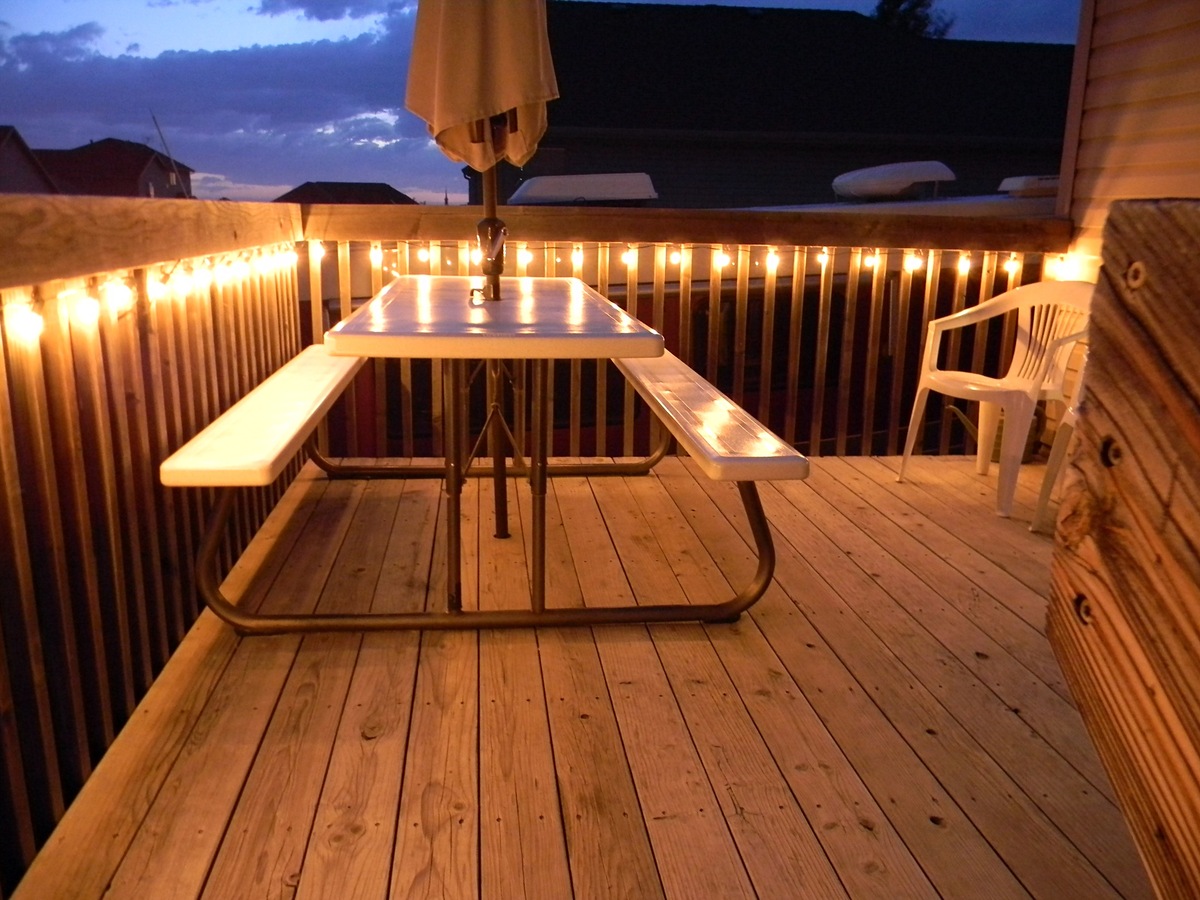
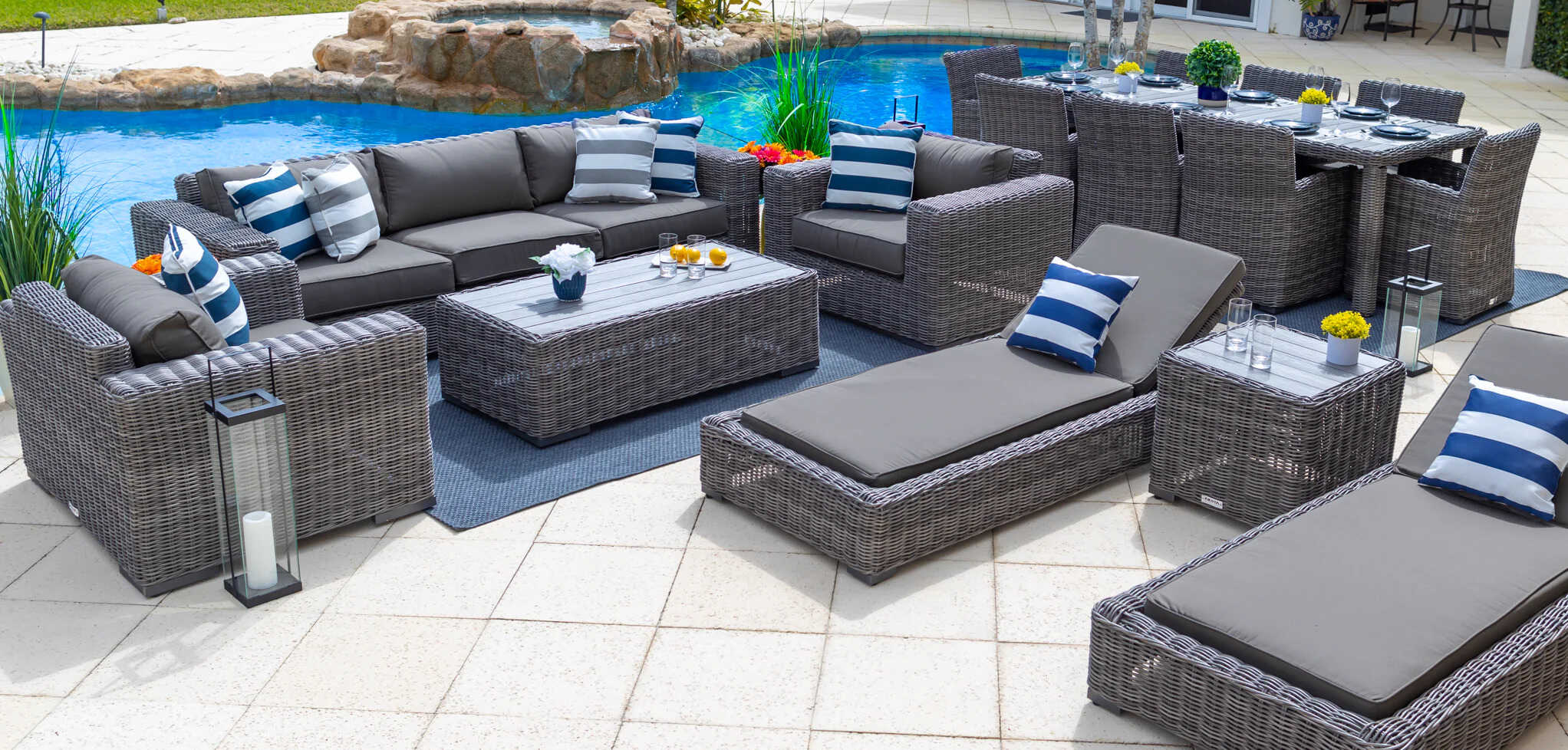
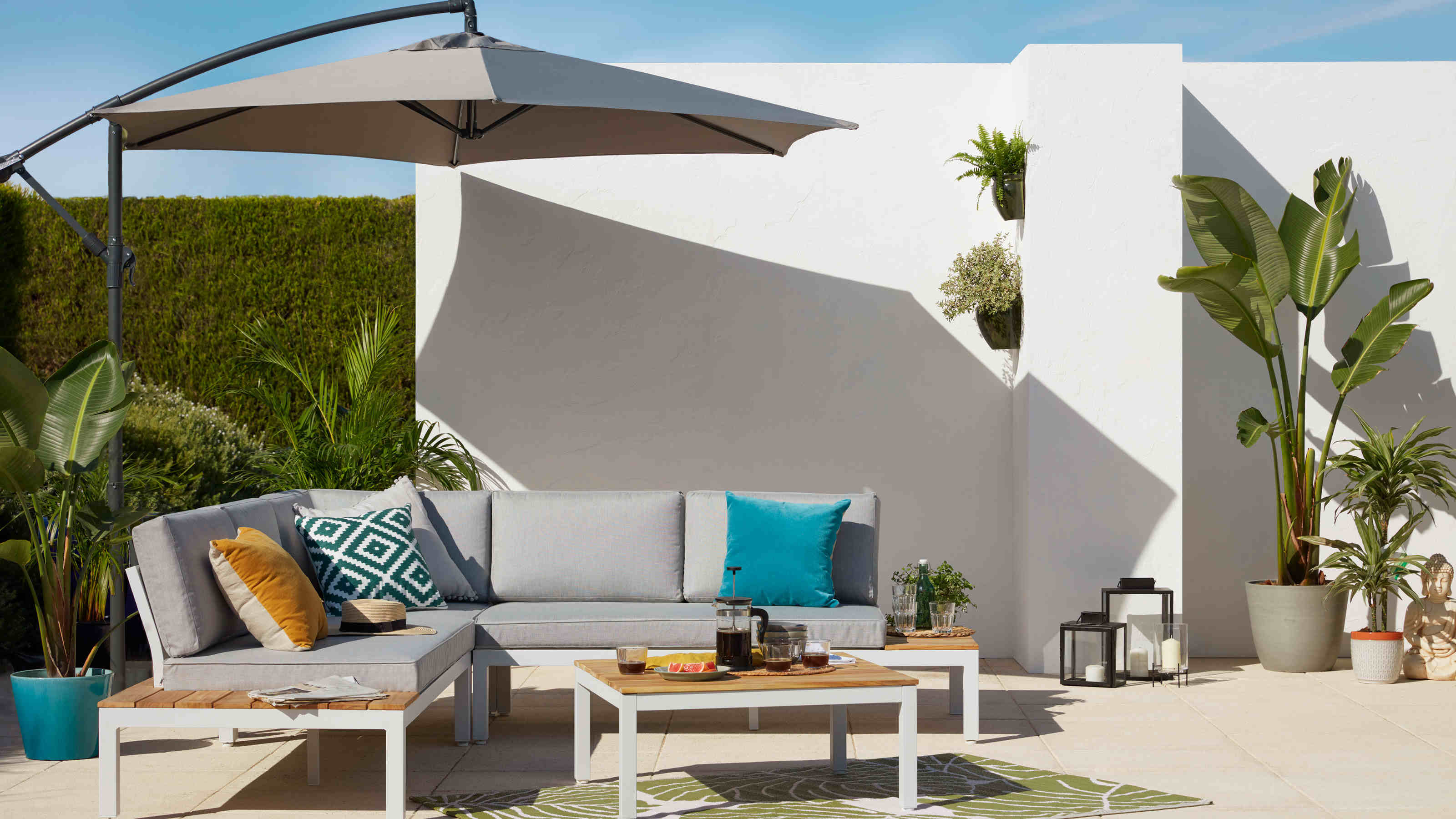
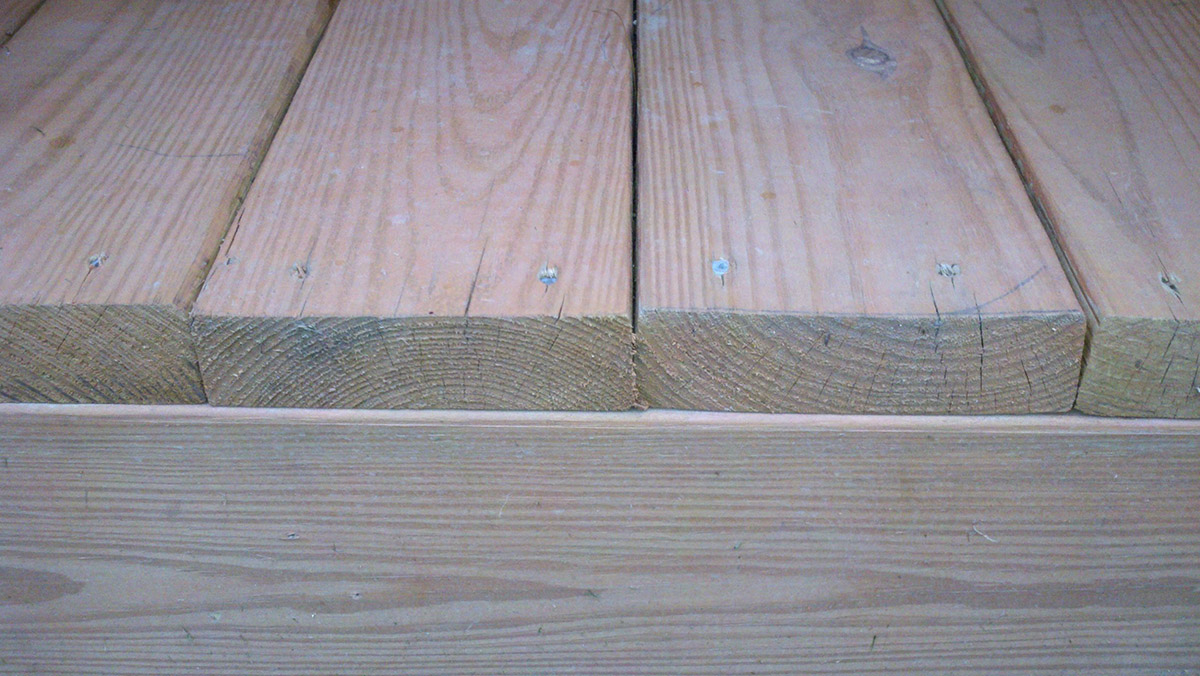
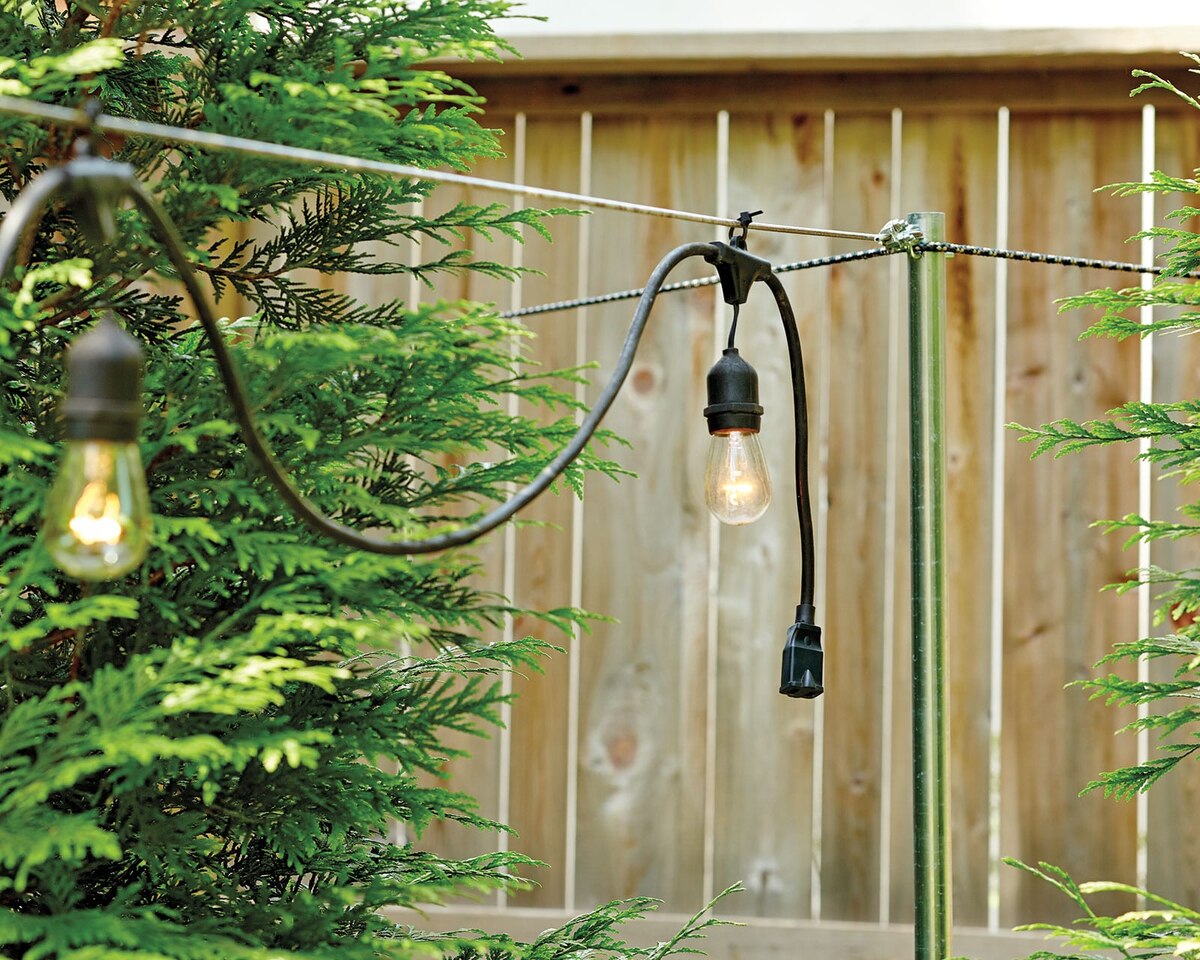
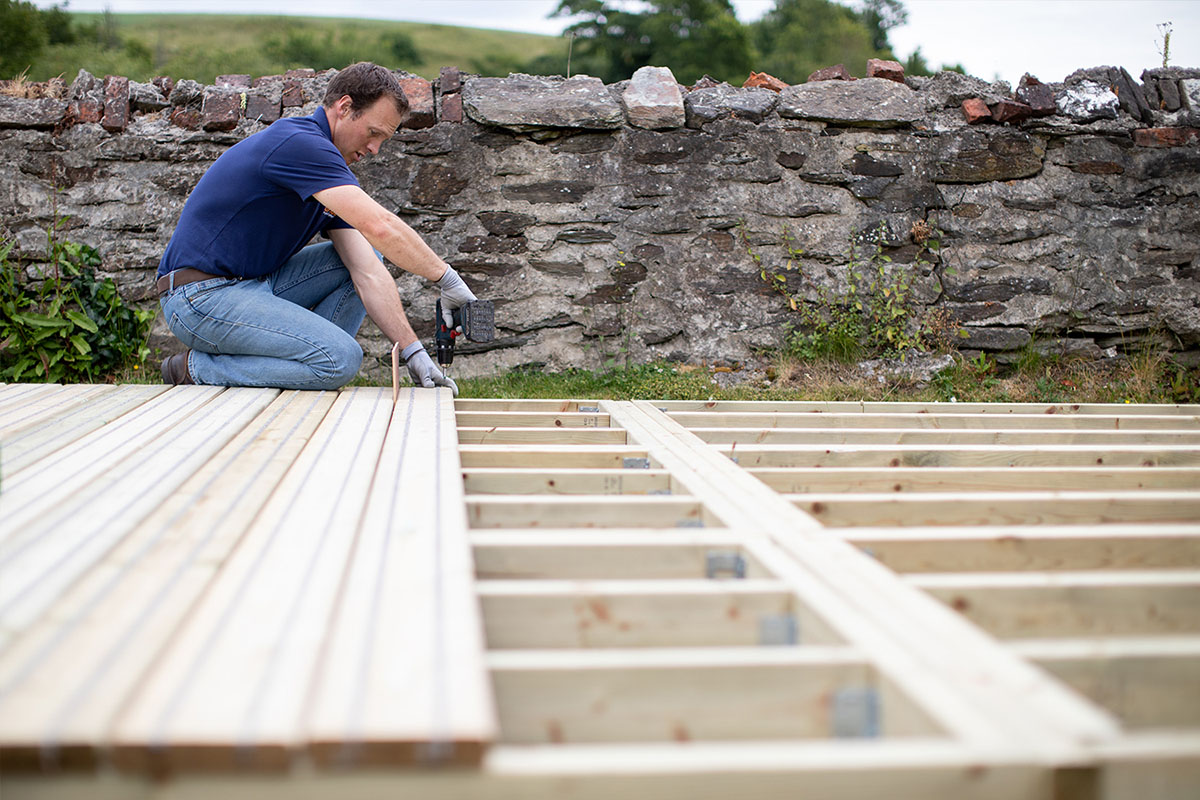
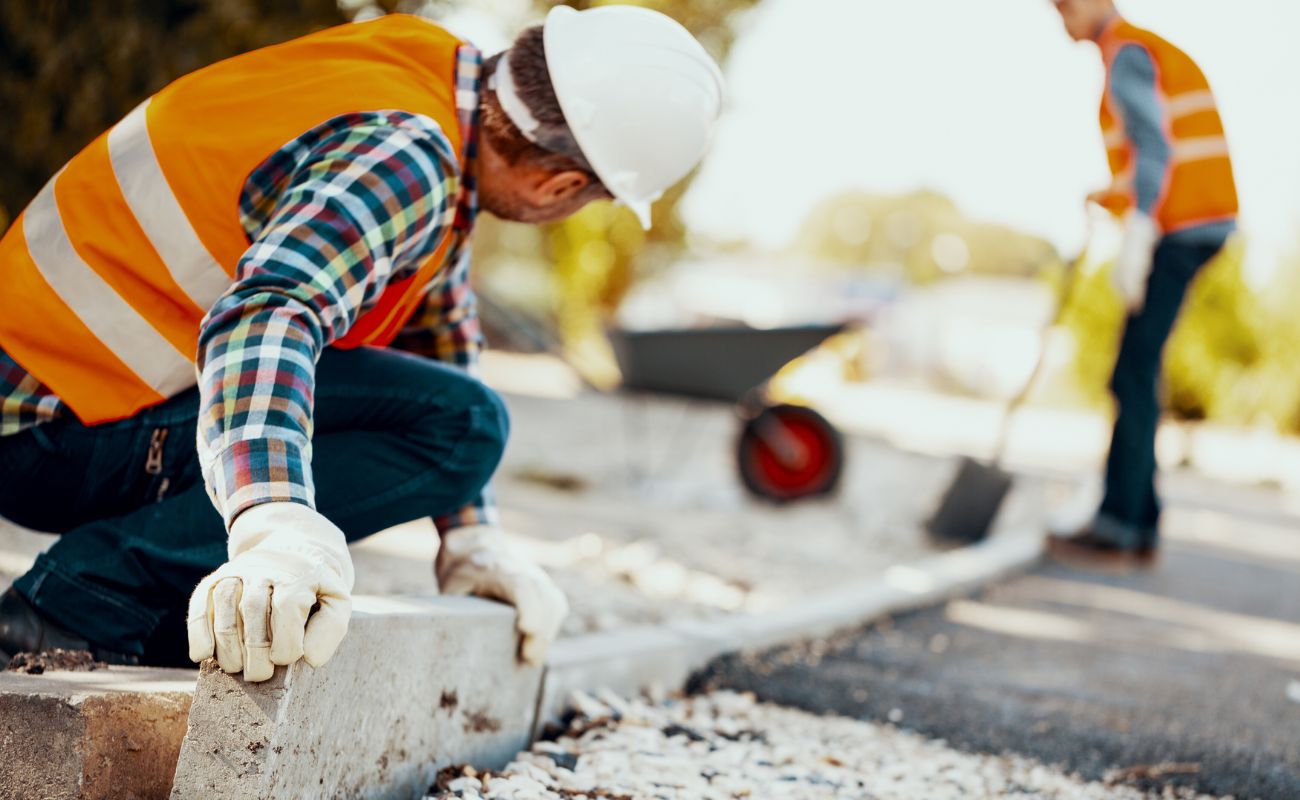
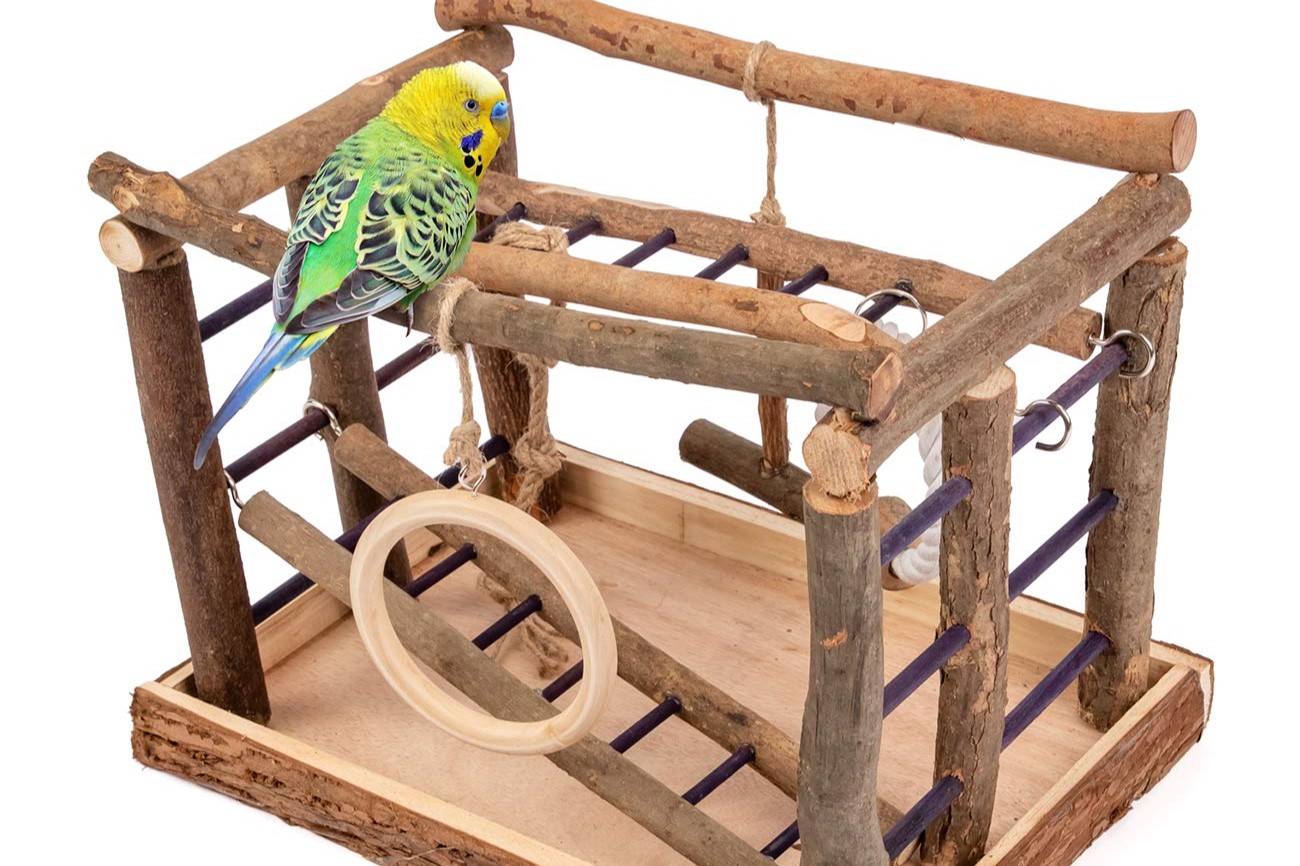

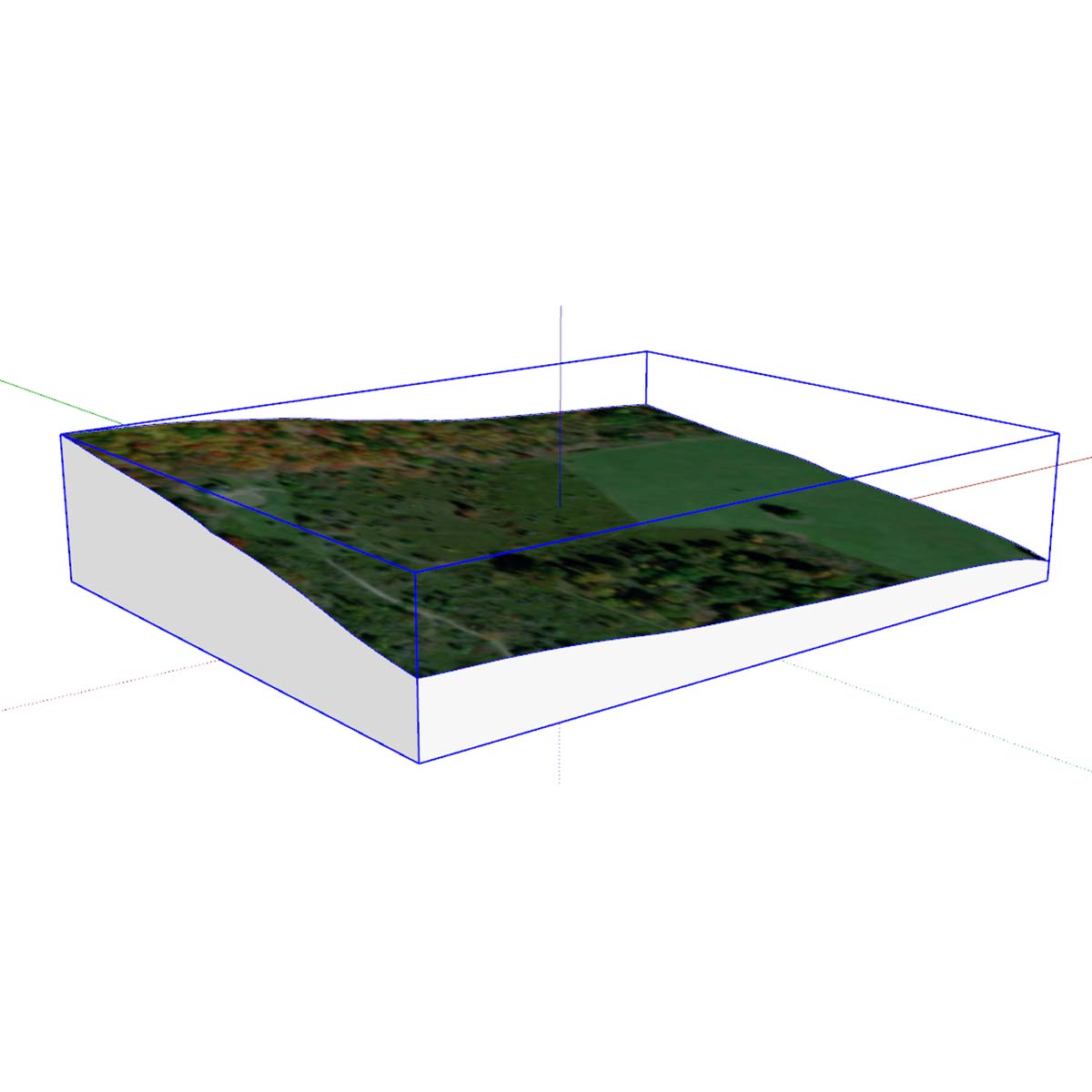
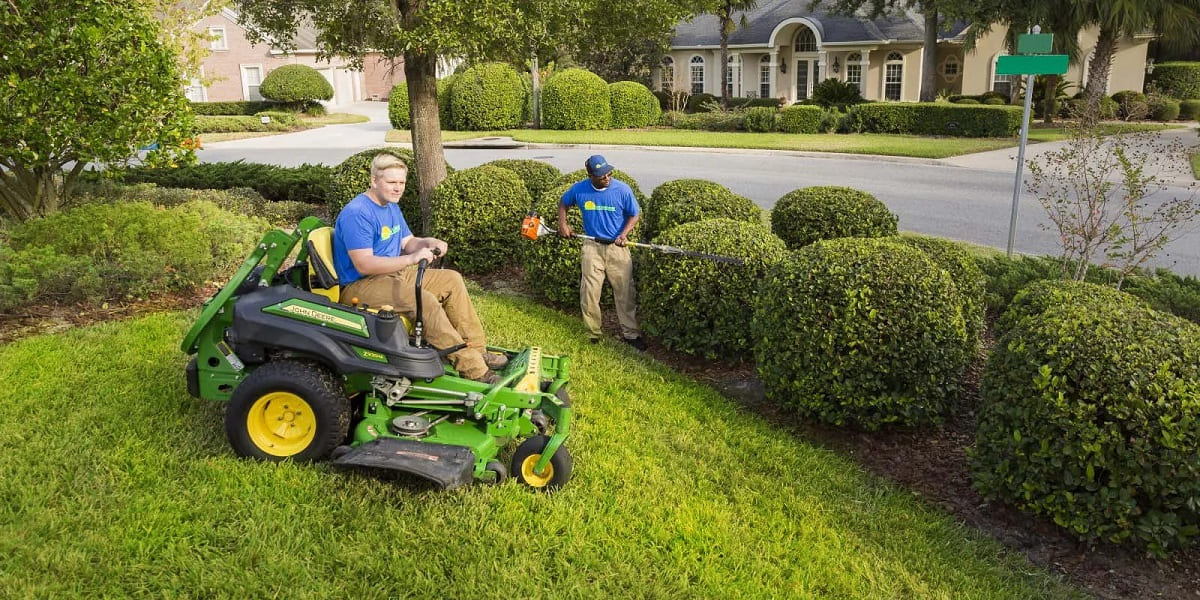
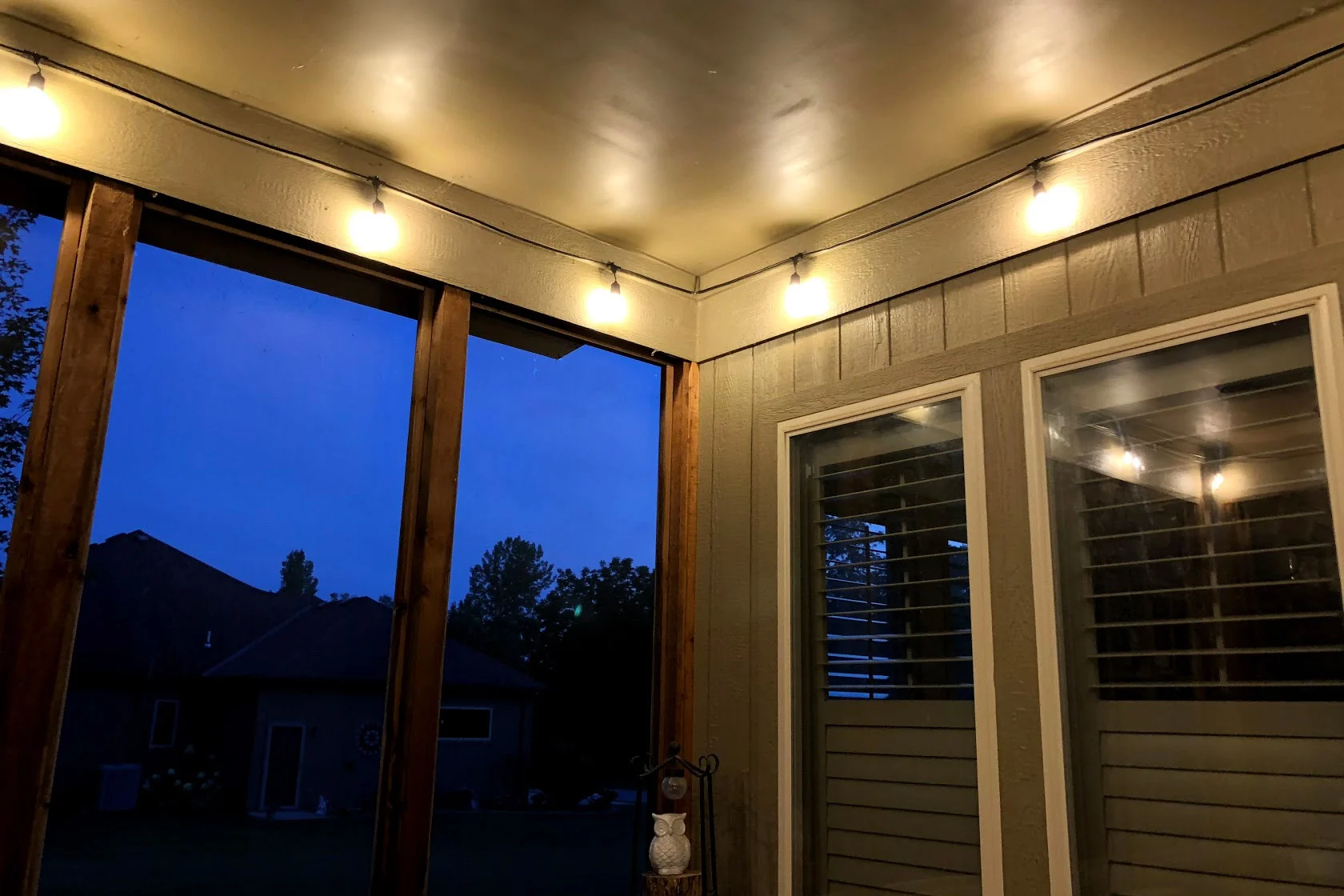
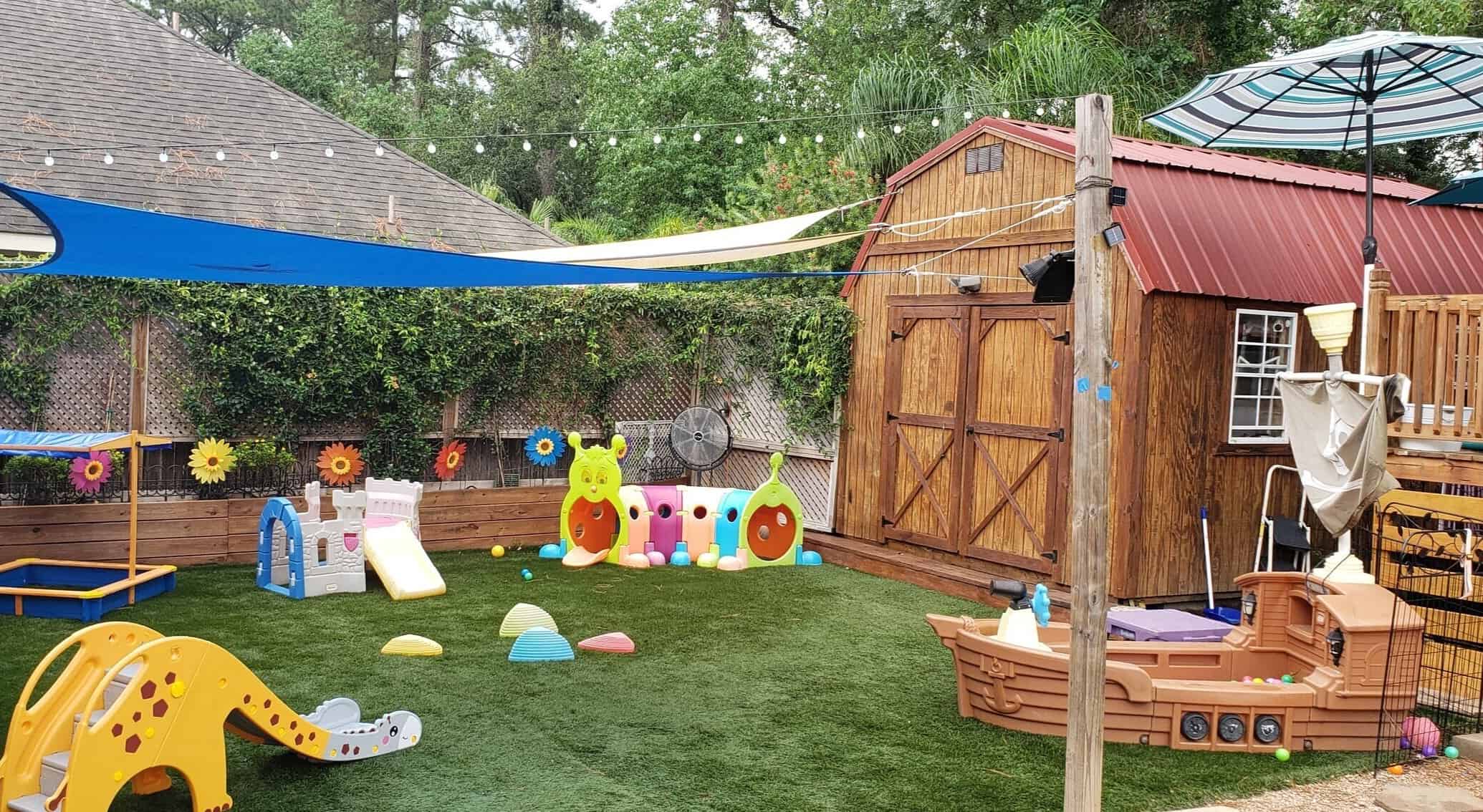


0 thoughts on “How To Make Artificial Grass Stand Up”